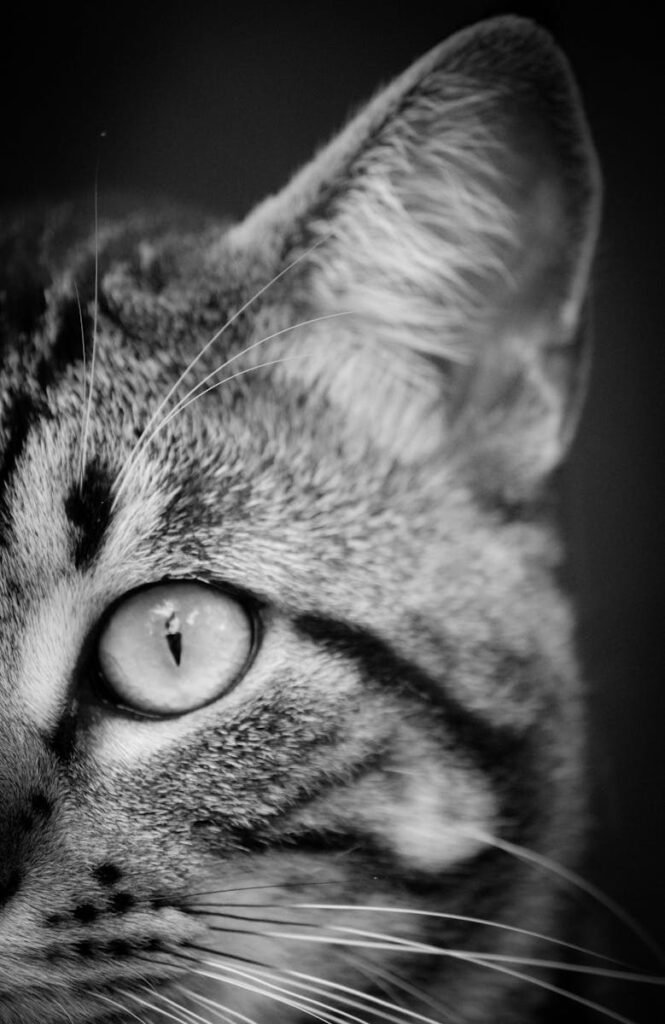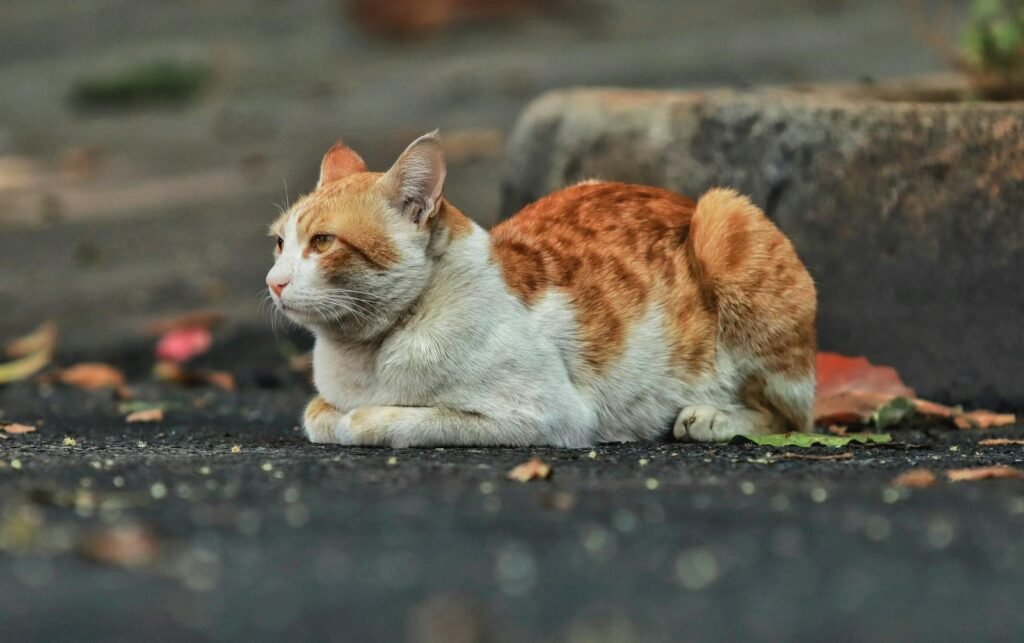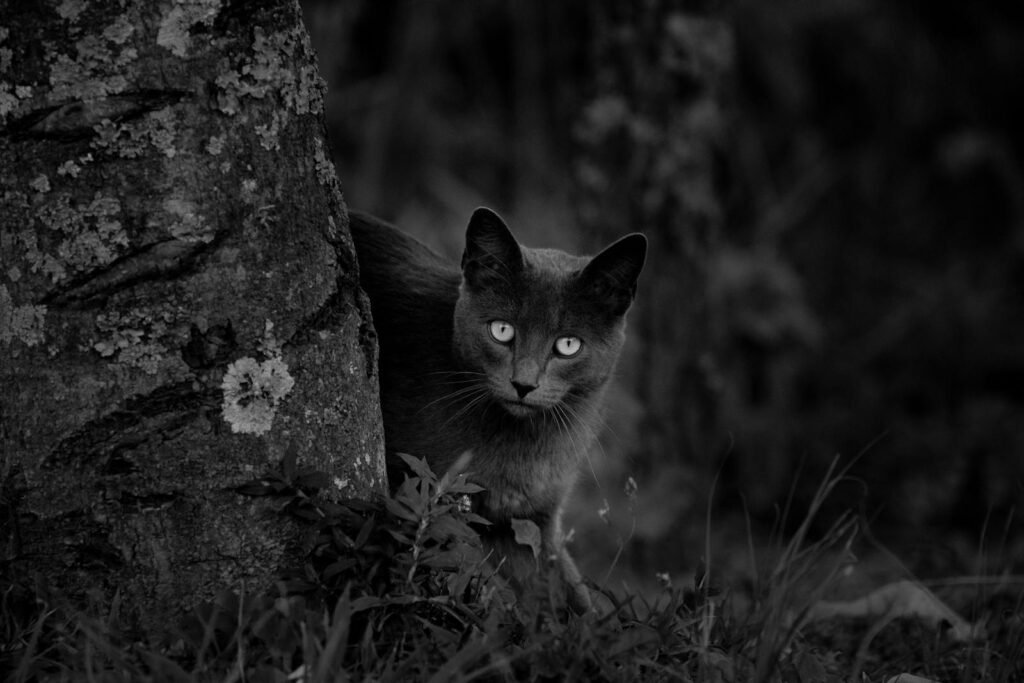Cats have long been admired for their mysterious and enigmatic behavior. One of the most fascinating aspects of these creatures is their heightened senses, which allow them to detect subtle changes in their environment. Whether they’re picking up on minute sounds or sensing slight shifts in atmospheric pressure, cats seem to be equipped with a remarkable toolkit for survival, honed over millions of years of evolution.
The Superiority of Feline Vision

While cats cannot see in complete darkness, their eyes are structured to better detect movement in low light compared to humans. Cats have a high concentration of rod cells in their retinas, which are more sensitive to light than the cone cells responsible for color vision. This anatomical feature enables them to spot even the faintest movements, an evolutionary trait that makes them excellent hunters.
The Acuteness of Cat Hearing

Cats possess an extraordinary sense of hearing that allows them to detect high-frequency sounds up to 65 kHz, a range beyond what humans and even dogs can hear. This acute sense helps them monitor their environment for the sounds of prey or potential threats. They have 32 muscles in each ear, allowing them to rotate their ears 180 degrees, pinpointing the direction of sounds invisibly and instantly.
The Sensitivity of Feline Whiskers

Cats use their whiskers, or vibrissae, to sense changes in their surroundings. These specialized hairs are deeply embedded in the cat’s body and are highly sensitive to touch and vibration. Whiskers can detect shifts in air currents, helping cats navigate around obstacles in the dark and giving them an additional sensory input to gauge their environment.
The Role of Cat Olfaction

Although not as powerful as a dog’s, a cat’s sense of smell is still significantly more acute than that of humans. Cats use scent not only to identify food but also to recognize territory, mark boundaries, and sense changes in their environment. They have an auxiliary organ called the vomeronasal organ, which helps interpret pheromones and other chemical signals.
Detecting Atmospheric Changes

Before a storm or natural disaster, some cat owners report unusual behavior in their pets. Cats may sense changes in barometric pressure and electrical fields, which often accompany weather shifts. This sensitivity can manifest in different behaviors, such as restlessness or anxiety, thereby giving owners clues to impending environmental changes.
The Impact of Routine and Territory

Cats are creatures of habit and highly territorial, so they’re adept at detecting changes within their familiar spaces. A new piece of furniture, a different smell, or a change in routine can be unsettling to them, causing them to act out of character. This sensitivity underlines their reliance on a stable environment for well-being.
The Adaptive Nature of Cats

Despite their sensitivity to change, cats are also remarkably adaptive. Stray and feral cats demonstrate incredible survival instincts by quickly acclimating to new environments. Their acute senses help them evaluate threats and resources, making them both cautious and resourceful as they adjust to new conditions.
Recognizing Emotional Changes

Cats are not only sensitive to their physical environment but can also perceive emotional shifts in their human companions. They respond to changes in human behavior and emotional states, sometimes offering comfort when they sense distress. While the exact mechanisms are still under study, this sensitivity likely plays a role in the strong bond observed between cats and humans.
Conclusion: The Enigmatic Nature of Feline Perception

Cats’ ability to detect subtle environmental changes is a testament to their evolutionary refinement as agile, solitary hunters. Through their keen senses of sight, hearing, smell, and touch, they navigate the world with a mysterious yet remarkable proficiency. Understanding these abilities not only deepens our appreciation of cats as companions but also highlights their unique role in the animal kingdom. As ongoing research continues to uncover the secrets of feline perception, one thing remains clear: cats are truly extraordinary creatures, finely attuned to the world around them.

Growing up traveling and experiencing new cultures and wonders, I have had a passion for nature, adventuring, photography, and videography. I am currently working towards a BSc in Biodiversity and Ecology at Stellenbosch University, and I hope to specialise in Marine Sciences one day.
Please send any feedback to Feedback@animalsaroundtheglobe.com






